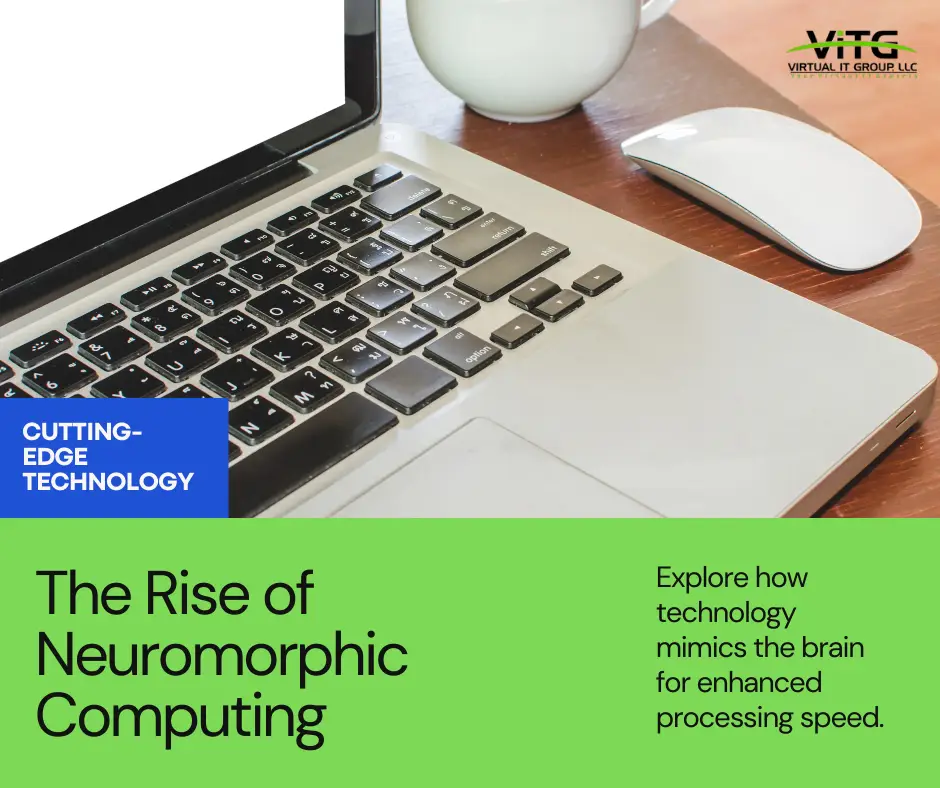The human brain is a marvel of nature, capable of complex tasks like pattern recognition, learning, and decision-making with remarkable efficiency. Traditional computers, however, rely on a fundamentally different architecture – the von Neumann architecture – which separates processing and memory units. This separation, while enabling significant advancements in computing power, creates bottlenecks that limit efficiency for specific tasks.
Enter neuromorphic computing, a revolutionary approach inspired by the structure and function of the human brain. This emerging field looks to develop computing systems that mimic the brain’s neural networks, potentially unlocking a new era of processing power and problem-solving capabilities.
Decoding the Brains Behind Neuromorphic Computing
Neuromorphic computing takes its cues from the biological structure of the brain. Here’s a breakdown of the key principles:
- Neurons and Synapses: The brain is composed of billions of interconnected neurons, which communicate with each other through synapses. These connections send electrical signals, carrying information and shaping the brain’s learning and processing capabilities.
- Artificial Neurons and Synapses: Neuromorphic systems aim to replicate these biological structures with artificial neurons and synapses implemented on specialized hardware. These artificial neurons can process information and “learn” by adjusting their connection strength, like how biological synapses function.
- Parallel Processing: Unlike traditional computers that process information sequentially, neuromorphic systems can process information in parallel, mimicking the brain’s ability to handle multiple tasks simultaneously. This holds immense potential for tackling complex problems that overwhelm conventional computing architectures.
Applications of Neuromorphic Computing: Beyond Traditional Computation
Neuromorphic computing holds promise for a wide range of applications that could revolutionize various fields:
- Artificial Intelligence (AI): Neuromorphic chips could significantly accelerate the development of advanced AI algorithms, enabling more sophisticated machine learning tasks.
- Pattern Recognition: These systems excel at finding complex patterns in data, making them ideal for applications like image and speech recognition, fraud detection, and anomaly detection in financial transactions.
- Robotics: Neuromorphic computing can be used to develop more advanced robotics with improved motor control and real-time decision-making capabilities.
- Optimization Problems: Neuromorphic systems can be particularly adept at solving complex optimization problems, potentially optimizing coordination networks, traffic management systems, and resource allocation strategies.
A recent article in Nature delves deeper into the technical aspects of neuromorphic computing, highlighting its potential for scientific discovery.
Challenges and Considerations for Neuromorphic Computing
While exciting, neuromorphic computing is still in its first stages of development. Here are some key challenges to consider:
- Hardware Design: Developing neuromorphic hardware that efficiently mimics the brain’s complexity remains a significant hurdle.
- Energy Efficiency: The human brain is incredibly energy-efficient compared to current computing systems. Replicating this efficiency with artificial neural networks is a challenge.
- Software Development: New programming paradigms are needed to exploit the full potential of neuromorphic computing hardware.
The Road Ahead: A Future Shaped by Neuromorphic Computing
Despite the challenges, the potential benefits of neuromorphic computing are undeniable. As research and development accelerate, we can expect significant advancements in the coming years.
Companies like Intel are actively investing in neuromorphic computing research, paving the way for future technological breakthroughs.
Virtual IT (Information Technology) Group keeps a close eye on emerging technologies like neuromorphic computing. We can help businesses stay informed about these advancements and understand how they can potentially affect their operations and future strategies.
Neuromorphic computing holds the promise of a change in basic assumptions in computing power and problem-solving capabilities. As this technology matures, it has the potential to revolutionize various industries and shape the future of artificial intelligence and beyond.


